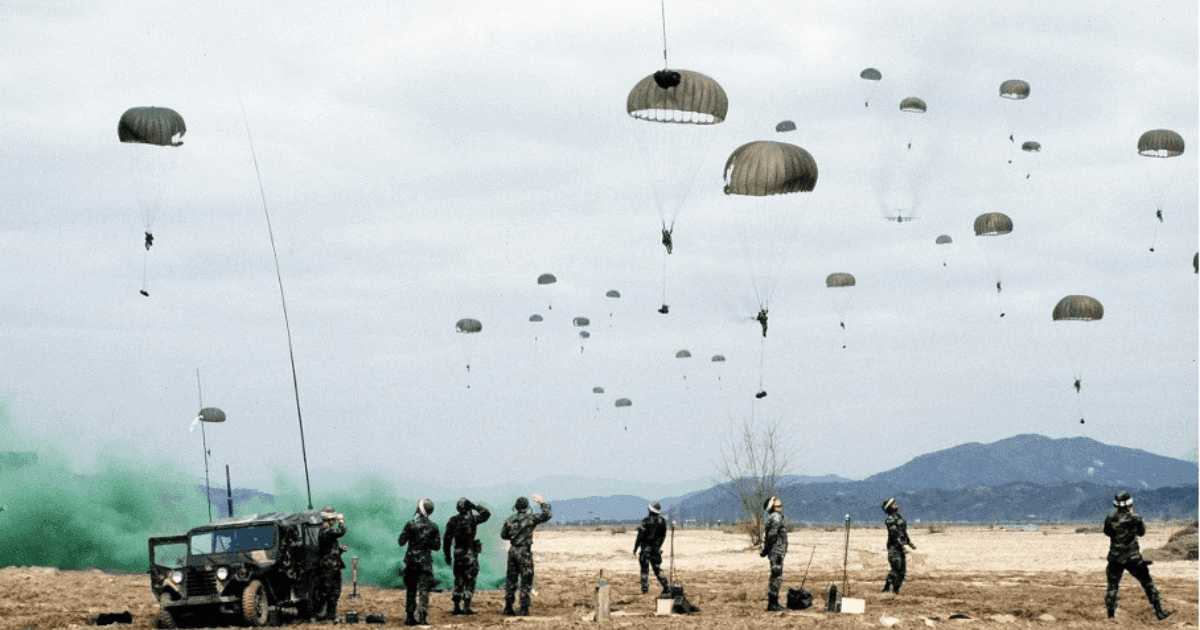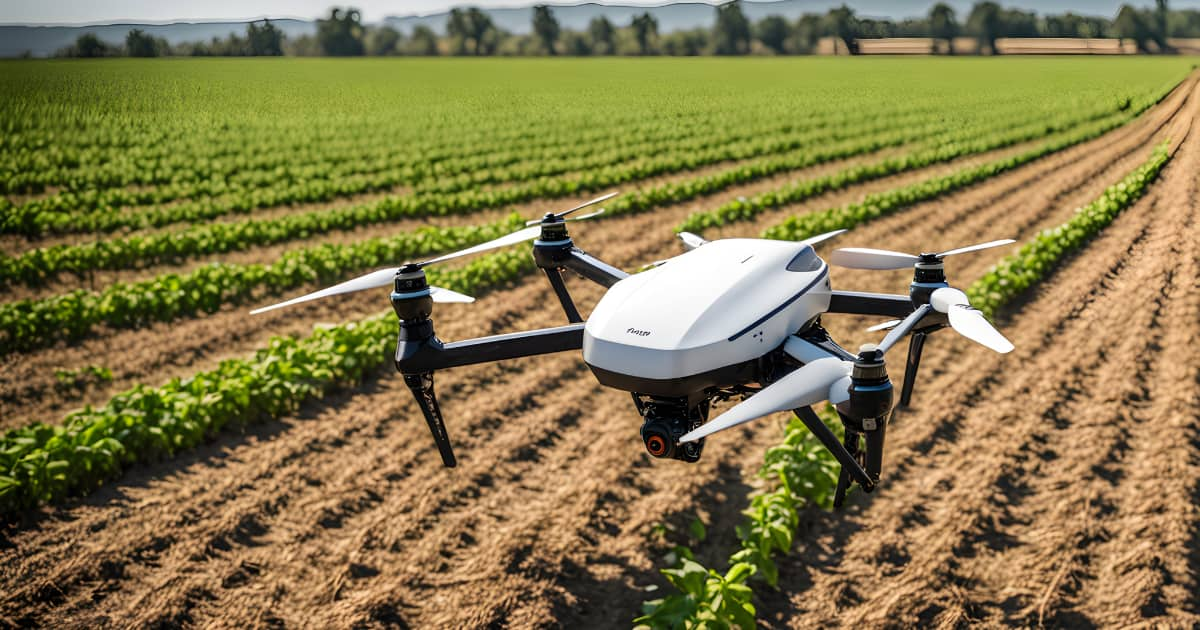Information has always been crucial to command. But the quantities are becoming tremendous, and teams of analysts are increasingly overwhelmed. This is where AI comes into its own as a major asset.
Regardless of the level of command at which you place yourself, war is always surrounded by a certain amount of “fog”. It could be the hill or grove opposite at the tactical level. Such as the focus of an army’s effort in a theater of operations at the operative level. Or even the intentions of the enemy command at strategic level.
You never really know what’s going on in the field. Information always comes back too slowly and in bits and pieces, and by the time you receive it, it may already be obsolete.
Today, communications volumes and speeds have greatly improved, but the fog still exists, it just manifests itself differently. This can be seen very simply. For example, in Mosul, where Daesh was able to defeat the multi-million dollar drones and satellites. And thus, by stretching sheets between the roofs of houses to block their view.
Where today’s information flows are much greater and faster, the bottleneck becomes processing them. It is precisely on this issue that AI can be a major tool for mastering the informational stakes involved in combat.
The place of information in the decision loop
Let’s take the example of the OODA (Observe, Orient, Decide and Act) decision loop used in NATO planning, which consists of 4 phases1.
– The first is observation, which involves gathering information.
– The second is orientation, corresponding to an analysis of the gathered information and the person’s own knowledge. The goal is to create a model that will help the decision-maker take action.
– The third phase is the decision phase, in which a hypothesis is put forward concerning the choice of the best option, put into perspective with the previous phases.
– The final stage is action, in which the chosen hypothesis is tested, and the deviation from reality observed (through feedback), leading to a new cycle with a return to the observation stage.
Throughout this chain, information plays a central role, whatever the level of command observed, but the higher the level, the more essential information becomes.
The challenges of data volume
The growing problem is that information is both voluminous and heterogeneous. Useful information cuts across the fields of images, electromagnetic data, text documents, audio communications… And it can be acquired in many different ways: through human or electronic intelligence, satellites, feedback from soldiers in the field…
Dealing with the sheer volume of this data has become a real headache, forcing command posts at division and corps level to increase the number of analysts needed to process these information flows in a timely manner2. When this growth exceeds the available processing capacity, we speak of “infobesity”. It is precisely to process these critical flows of information in a timely fashion that AI reveals its full importance.
The role of AI in command positions
The famous RAND corporation has published on the importance of AI in command posts for information processing3. In France too, the benefits for military staff have been recognized4.
As described in one of our previous articles, AI is mainly used to improve human capabilities. Data processing is a task in which AIs excel, far surpassing human possibilities. For example, sorting information, reducing it to what is useful and establishing links between data. Within an OODA loop, AI can help speed up decision-making processes and propose action options.
Last but not least, AI also makes a major contribution to the study of weak signals, by detecting and identifying non-compliant cases. This is crucial for raising alerts earlier, including in cybersecurity. With the threat of supersonic weapons imposing extremely rapid response times, detecting a missile as soon as it is launched becomes crucial.
The importance of AI for the military is growing every day. It is now a subject of interest for the biggest nations, and one on which they are entering into competition5.
Questions remain, however, as to how the military will interact with AI in the future. One of the first places where AI may gain a foothold will probably be in command posts. It will be interesting to see what role these AIs will play in terms of what they represent for them, and through documents presenting European ethical guidelines6.
At the very least, it will be able to assist human in his tasks, without acting autonomously and therefore leaving the initiative and decision-making to the Joint Chiefs of Staff7. AI is likely to play an increasingly important role in command positions at division and corps level. It will enhance human capabilities and relieve headquarters of the laborious task of processing the massive flows of information they receive.
Many questions remain to be answered concerning the integration and form of this tooling in command posts. The forward-looking plan for 2025 – 20308 gives a few pointers as to where AI will be a major challenge for the armed forces. It will be necessary to monitor developments over this period.
- The OODA Loop and the Half-Beat ↩︎
- (PDF) De la RMA à la guerre infocentrée : retours d’expérience quant aux limites des promesses de la numérisation et des big data ↩︎
- Military Applications of Artificial Intelligence: Ethical Concerns in an Uncertain World | RAND ↩︎
- L’intelligence artificielle va-t-elle bouleverser le domaine stratégique et militaire? ↩︎
- Publication du rapport du ministère des Armées sur l’intelligence artificielle ↩︎
- Ethics guidelines for trustworthy AI | Shaping Europe’s digital future ↩︎
- Avec l’intelligence artificielle, l’armée veut révolutionner le champ de bataille ↩︎
- Plan stratégique de recherche et technologie de défense et … – Ixarm ↩︎







